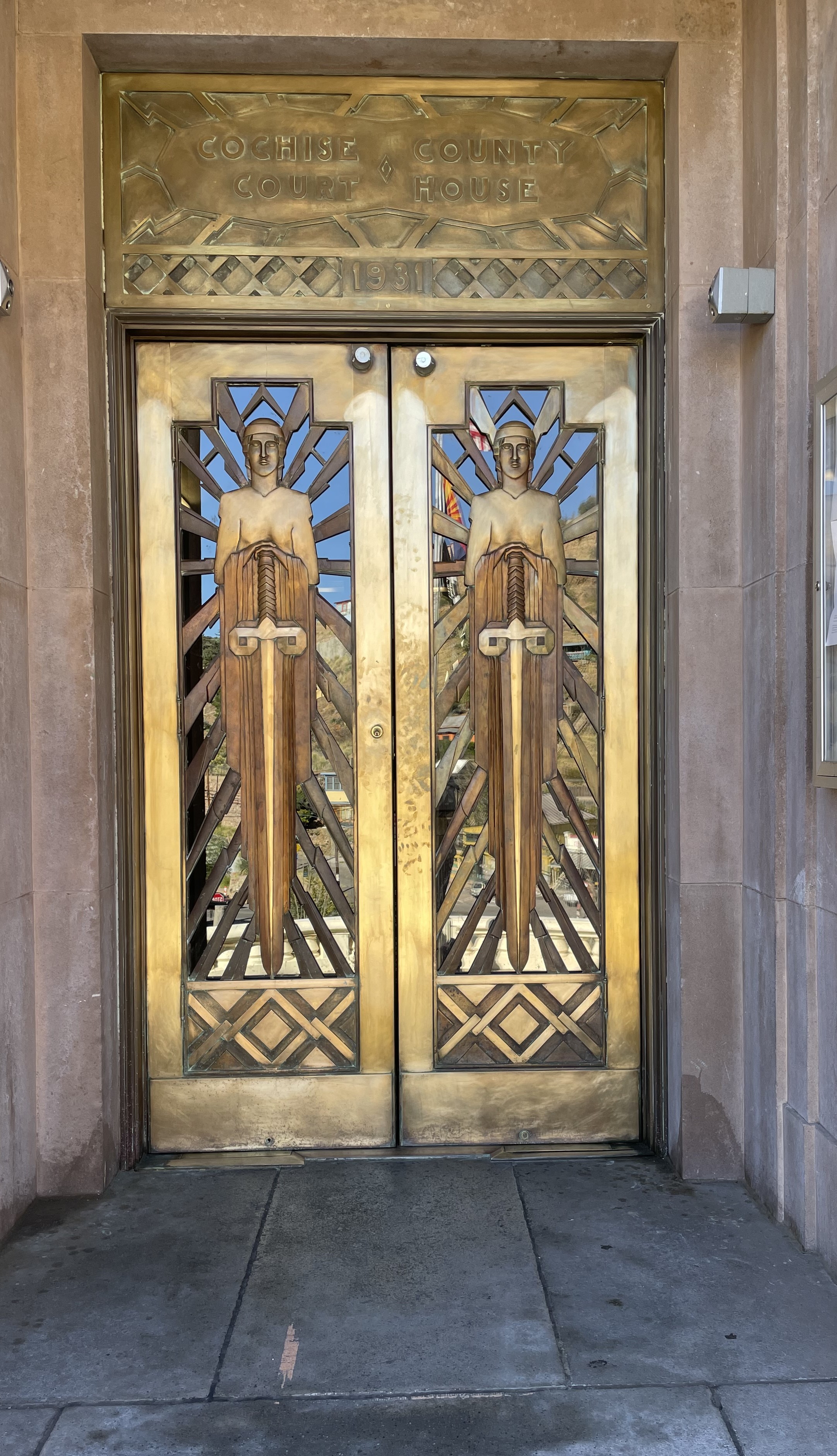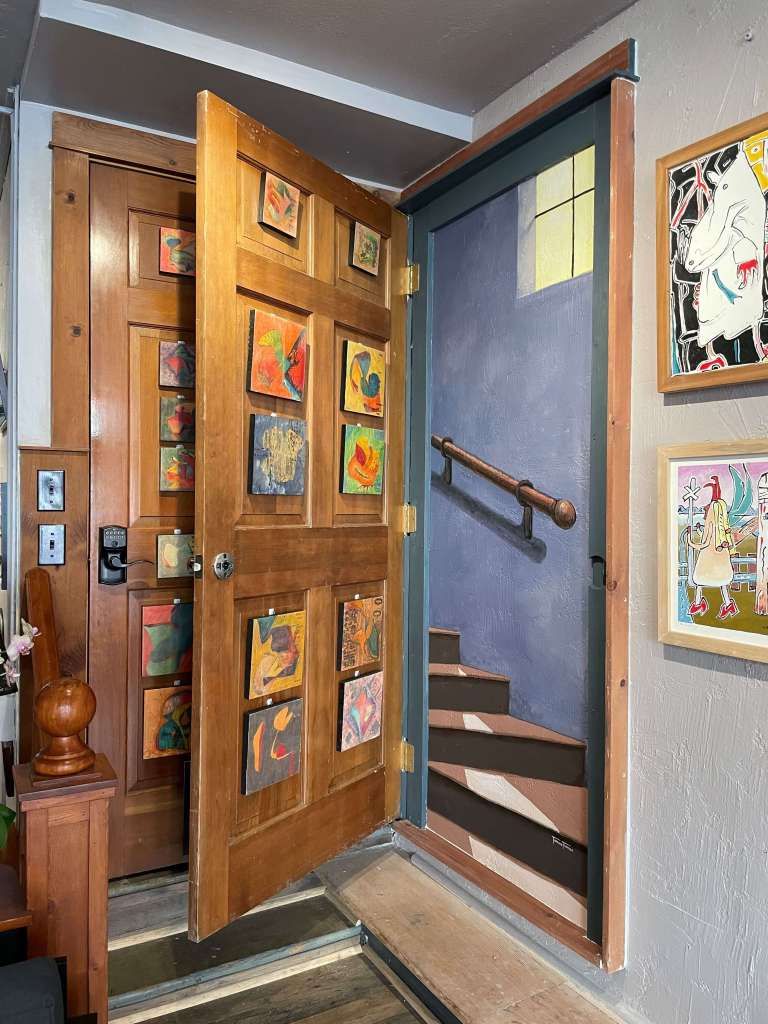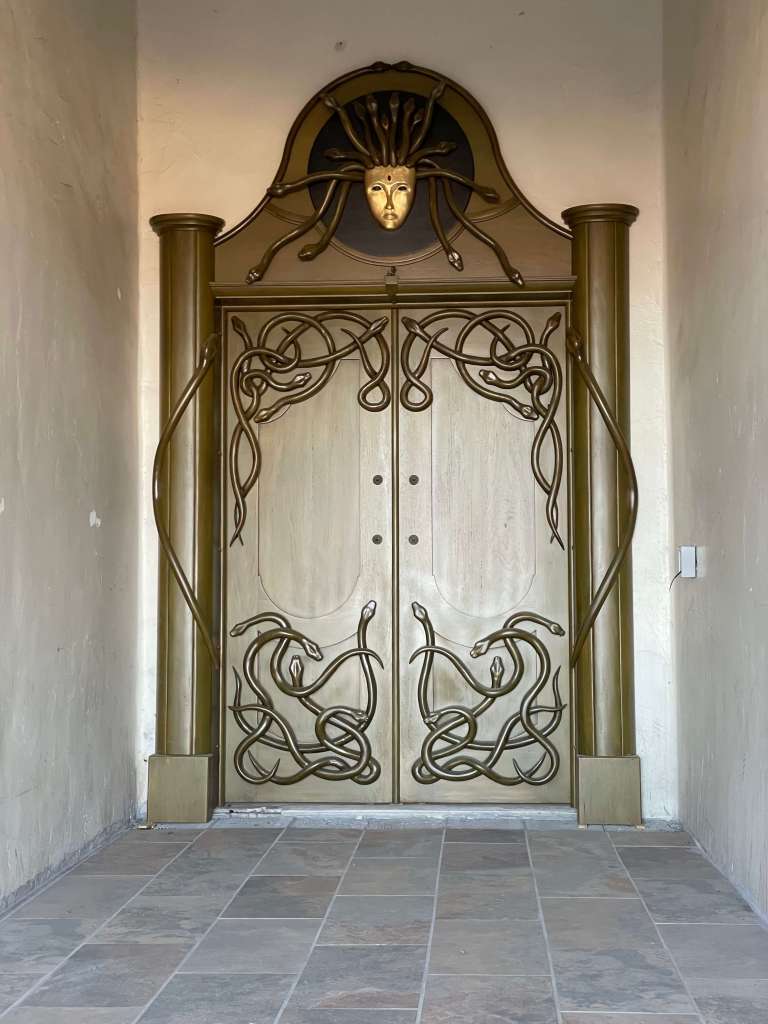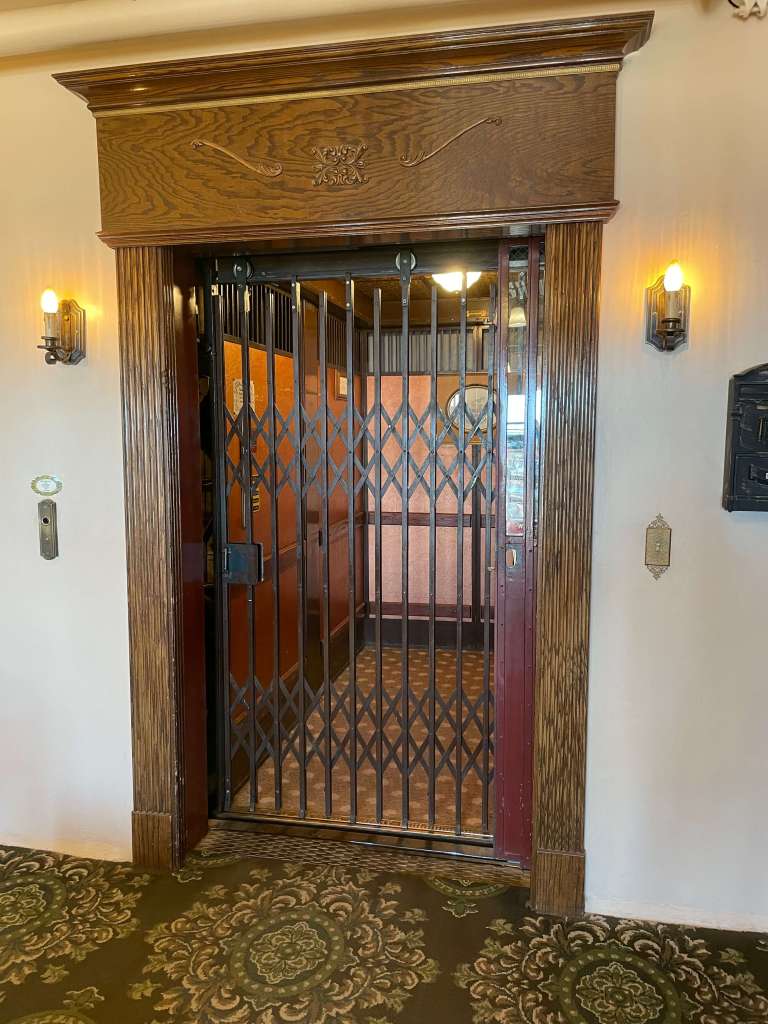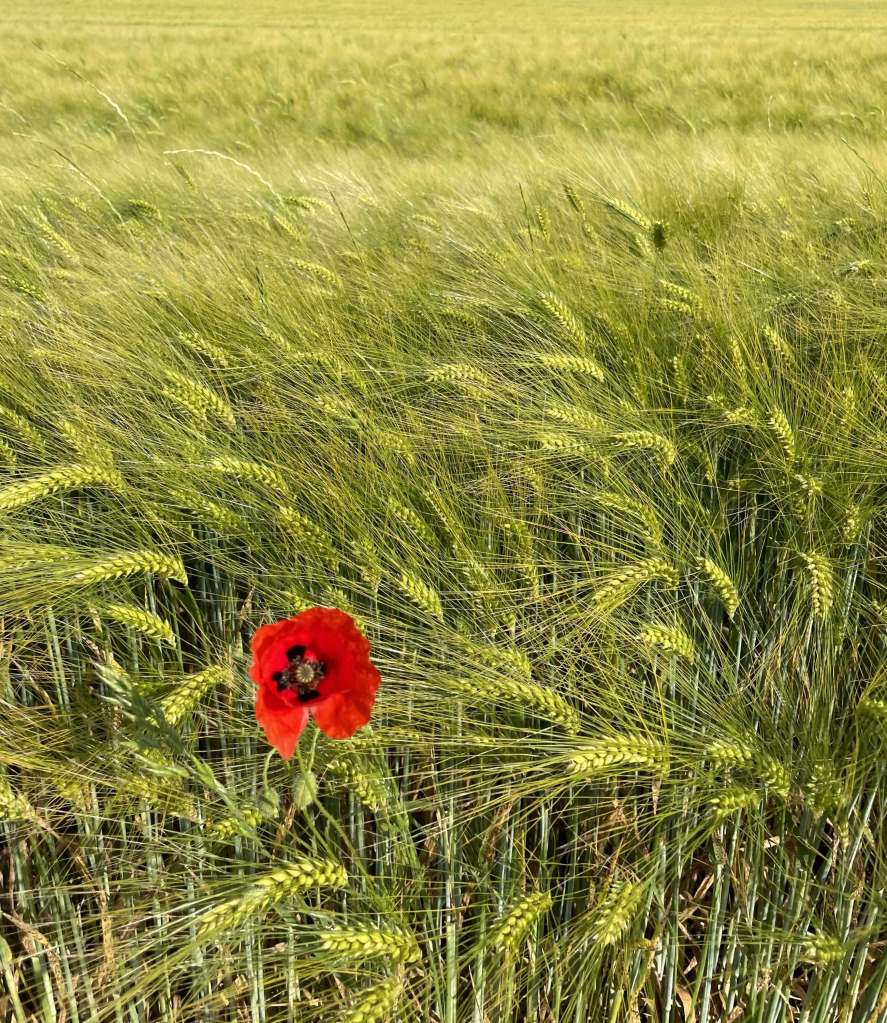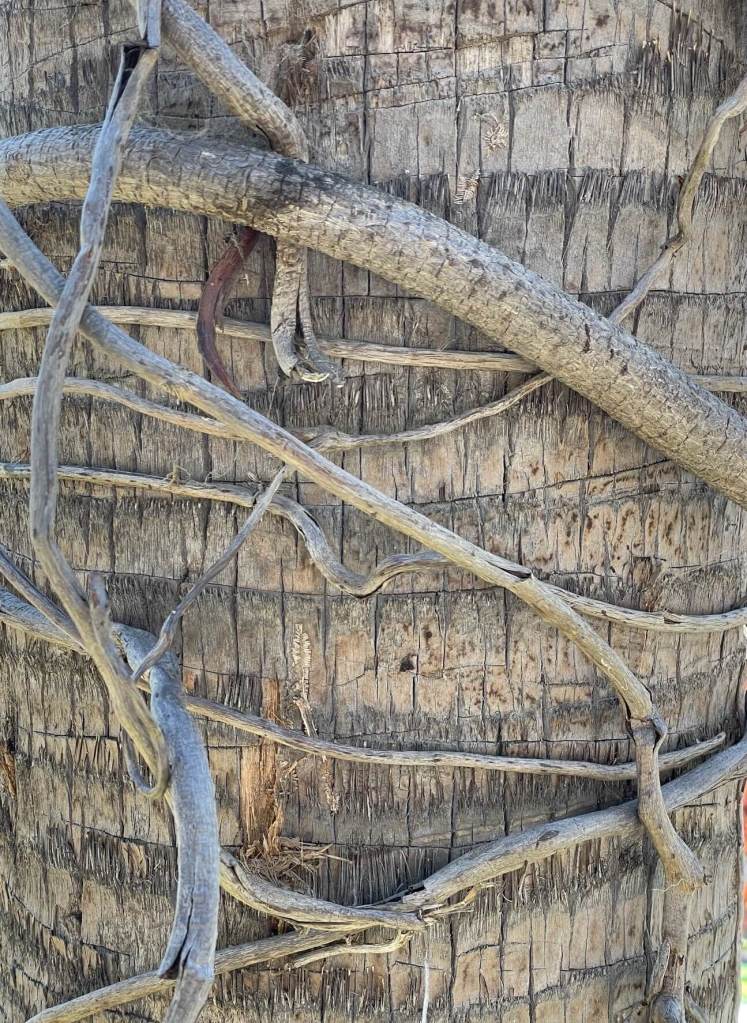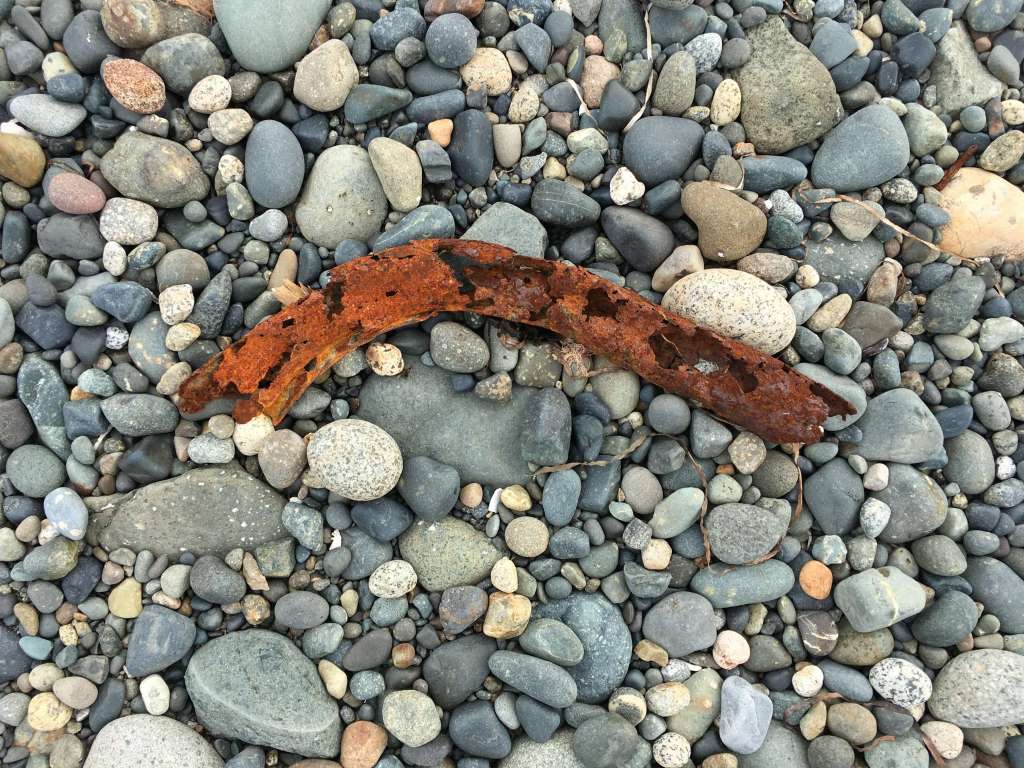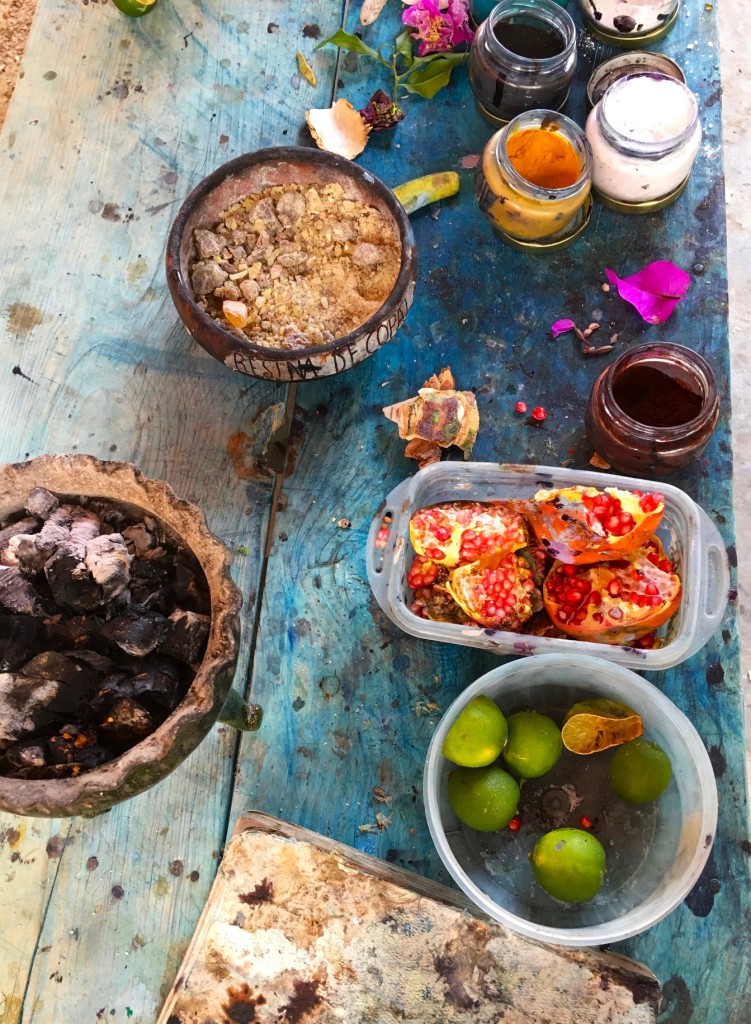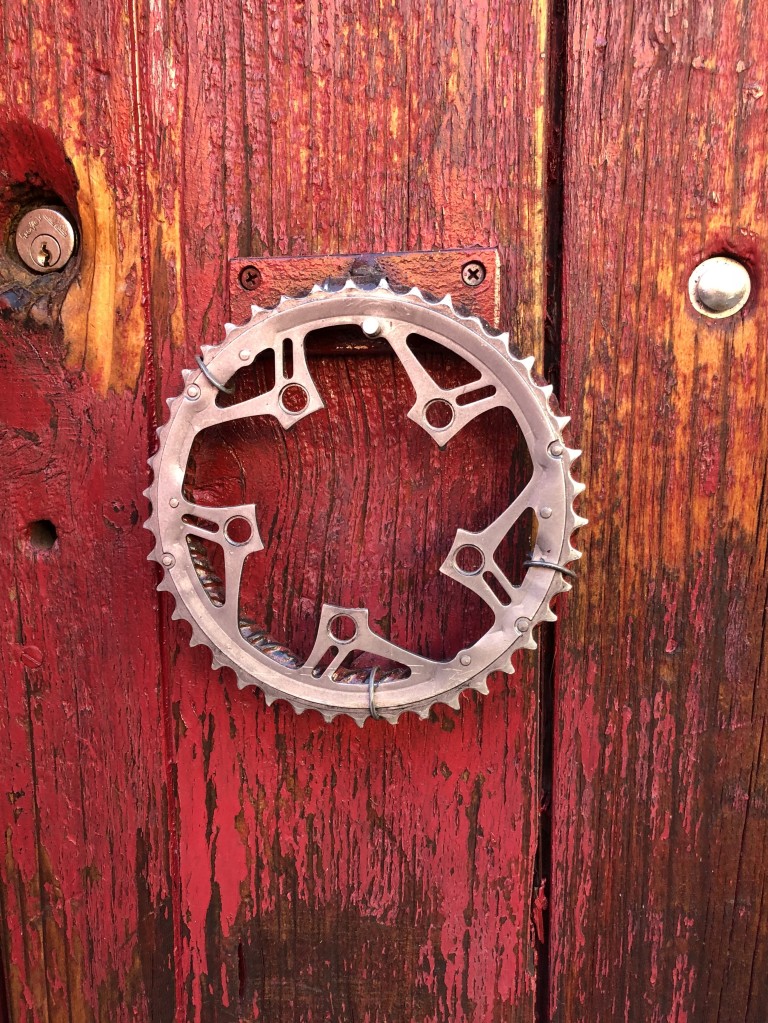My husband and I don’t go out to dinner very often – our home cooked meals are often tastier and healthier – but we do enjoy going out for lunch. Sometimes it’s the sole reason for getting out at midday, sometimes it’s woven into a day’s errands. We don’t often frequent fancy restaurants, but we appreciate a decent sized table (we like to sit side-by side) and a quiet atmosphere. Being able to carry on a conversation is as important – maybe more so – than the food.
Over the last several years, we have gotten in the habit of splitting meals. Not every time, but often enough that we check with each other first to gauge our hunger level before ordering. This has nothing to do with the cost of the meals, and everything to do with the quantity of food. We just can’t eat as much as we used to.
At first, we didn’t think much about asking to share or split a plate. We only wanted one, so that’s what we ordered. Recently, though, we’ve noticed that our request has elicited a variety of responses. Some servers happily bring two plates separated into two even half portions. Some bring one entrée with an extra empty plate. Some just bring one entrée on one plate for us both to dig into. Other times, we are charged a “split plate fee” of a dollar or two. Restaurants that charge this fee usually split the entrée on two separate plates, but not always.
I often feel compelled to let the server know that we just can’t eat the amount of food we used to – I suppose implying, but not saying, that it isn’t because we are cheap. That completely useless piece of info makes me feel better, but I imagine the server is calculating his or her tip based on a check of half the usual amount. Since my husband and I are generous tippers, hopefully they are pleasantly surprised.


One of the many things we loved about Spain were the tapas (small plates) available in many of the restaurants. We could order and few to start, then order more if we were still hungry. We could taste several different items without overindulging and overstuffing ourselves. A few small plates and a couple of glasses of wine and we were completely satisfied. None of those huge mounds of food that are served in many U.S. restaurants.
I don’t think we are unusual in our shared dining habit. Several of our friends say that they do the same. As we get older, many of us experience a decline in the amount of food we can comfortably eat. Long gone are the days when we could – and did – eat anything and everything and not gain an ounce. Even if our weight isn’t a concern, our older tummies just can’t hold what they used to.
How about you… do you share meals at restaurants? If so, have you experienced any push-back – maybe even eye rolls – from the server? If you live where tipping is the norm, do you add extra because you are sharing an entrée?
So, What’s on Your Plate? (#WOYP). Hop over to Donna’s and Deb’s blogs to see what’s on their plates… and to share your own.
Copyright © 2024 RetirementallyChallenged.com – All rights reserved.












